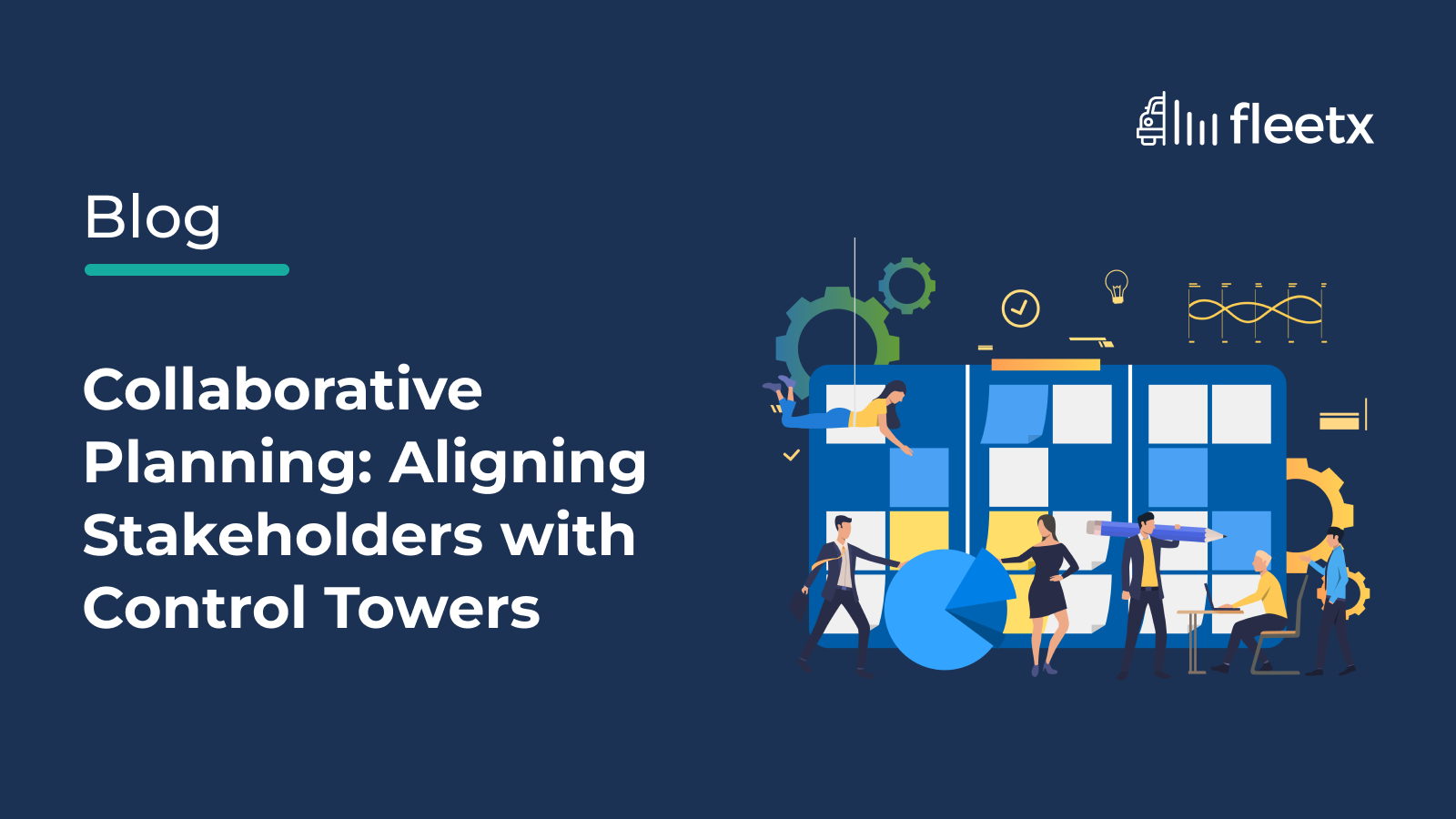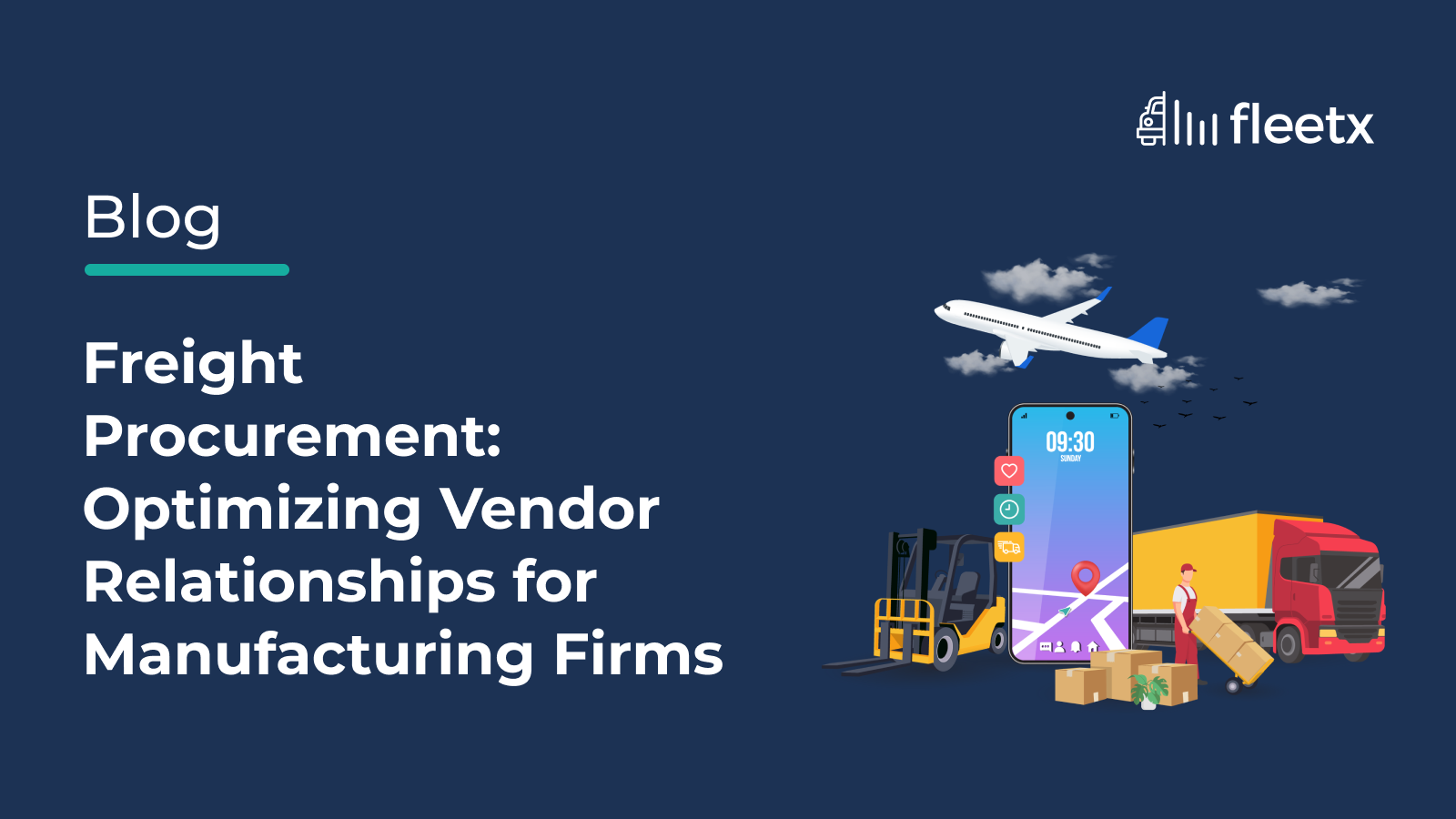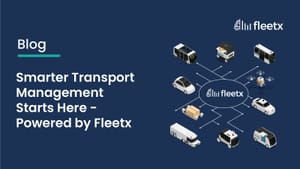
The logistics landscape in India has to meet several demands, driven by increasing customer expectations, e-commerce growth, and the need for faster, more reliable deliveries. However, inefficiencies in supply chain coordination continue to pose significant challenges to the whole network. To stay competitive, businesses should consider collaborative planning, a strategy that synchronizes operations across suppliers, transporters, and distributors to ensure seamless execution.
A key element of collaborative planning is the control tower - a centralized, technology-driven solution that offers real-time visibility and data-driven insights into logistics operations. By leveraging AI and smart technology, companies like Fleetx provide an advanced control tower solution tha t helps businesses overcome inefficiencies, reduce costs, and optimize supply chain performance. In this article, let us take a look at why a control tower is necessary and how exactly it gets the job done.
Operational Challenges in India's Logistics Sector
Despite advancements in logistics technology, many companies still struggle with inefficiencies that limit their operational performance. Some of the most pressing challenges include:
- Limited Visibility: Traditional logistics systems often lack real-time tracking capabilities, making it difficult for businesses to monitor shipments, anticipate delays, and optimize routes.
- Fragmented and Manual Operations: Many logistics operations are still managed through disconnected systems and manual processes, leading to inefficiencies, human errors, and increased operational costs.
- Communication Gaps Between Stakeholders: Poor coordination between suppliers, transport providers, and distribution centers results in delays, stockouts, and underutilized assets.
- Reactive Decision-Making: Without access to real-time data and predictive insights, businesses are forced to rely on reactive decision-making rather than proactive, data-driven strategies.
These challenges not only increase costs but also reduce customer satisfaction due to missed delivery deadlines and unreliable supply chain operations.
The Solution: Collaborative Planning with Control Towers
The solution to these challenges lies in the strategy mentioned above - collaborative planning - which is supported by an intelligent control tower. By enabling real-time data sharing, predictive analytics, and automation, businesses can achieve better coordination and efficiency across their supply chains.
What is Collaborative Planning?
Collaborative planning involves joint management of inventory, demand forecasting, and logistics operations by all stakeholders. By integrating data from different players in the supply chain, companies can anticipate demand fluctuations, prevent overstocking or stockouts, and optimize transportation routes.
Key aspects of collaborative planning include:
- Demand Forecasting: Using AI-driven analytics to predict demand trends and align procurement strategies accordingly.
- Shared Visibility: Providing suppliers, distributors, and logistics partners with real-time access to inventory and shipment data.
- Risk Mitigation: Identifying and addressing potential bottlenecks before they escalate into major disruptions.
How Control Towers Enable Collaborative Planning
A control tower acts as a command center that collects and processes logistics data, enabling real-time decision-making and proactive problem-solving. Fleetx’s AI-powered control tower offers a range of features designed to streamline supply chain operations:
- Real-Time GPS Tracking: Enables businesses to monitor vehicle movements, optimize delivery routes, and ensure timely shipments.
- Predictive Analytics: Uses AI algorithms to forecast potential delays, recommend alternative routes, and enhance efficiency.
- Automated Alerts & Notifications: Keep all stakeholders informed about shipment status, expected arrival times, and potential disruptions.
- Seamless Integration: Connects with existing ERP, WMS, and TMS systems for end-to-end supply chain visibility.
- AI-Powered Fuel Intelligence: Monitors fuel consumption to identify inefficiencies and reduce costs.
By leveraging Fleetx’s control tower solution, businesses can move from a fragmented, reactive approach to a more data-driven, proactive supply chain management model.
Conclusion
The future of logistics lies in collaborative planning powered by real-time visibility and AI-driven insights. As logistics operations become more complex, businesses are encouraged to adopt control tower solutions like those offered by Fleetx to streamline coordination, reduce inefficiencies, and enhance decision-making.
By integrating AI-powered analytics, predictive insights, and automated alerts, Fleetx’s smart solutions empower logistics stakeholders to stay ahead of challenges, cut costs, and deliver exceptional customer experiences. As India's logistics sector continues to evolve, companies that embrace these innovations will lead the way in achieving efficiency, sustainability, and long-term growth.






